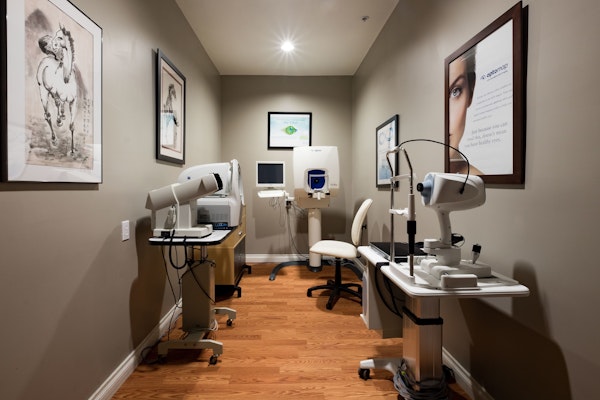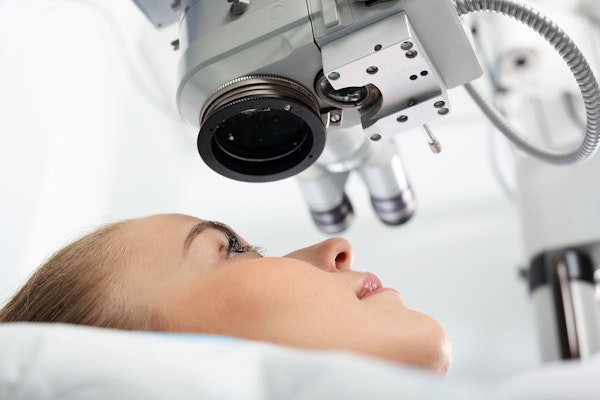The Diagnosis and Treatment of Diabetic Retinopathy
 Many people don't realize this, but your general health can have a major impact on the quality of your vision. That's what makes GW Eye Associates Inc unique: we focus on great vision through total wellness. This is what makes us one of the leading eye care centers in the San Diego area.
Many people don't realize this, but your general health can have a major impact on the quality of your vision. That's what makes GW Eye Associates Inc unique: we focus on great vision through total wellness. This is what makes us one of the leading eye care centers in the San Diego area.
In addition to providing patients with excellent eyewear, we also help with treatment and diagnosis of various eye conditions. One such condition we are especially mindful of is diabetic retinopathy, which we'd like to consider in more detail right now.
What Is Diabetic Retinopathy?
A complication of diabetes, diabetic retinopathy is a type of damage done to the blood vessels of the retina, the light-sensitive tissue at the back of the eye. This is the result of blood sugar problems leading to blockage of the blood vessels and the eye attempting to create new blood vessels to compensate. These new blood vessels are poorly formed in many cases and prone to leaking, which can damage the retinas.
Signs and Symptoms of Diabetic Retinopathy
The most common signs and symptoms of diabetic retinopathy include the following:
- Floaters in your visual field
- Blurry vision
- Fluctuations in vision quality
- Issues with seeing colors
- Vision loss
If you have diabetes and notice abrupt changes in your vision, be sure to speak with your doctor in order to undergo an examination.
General Tests for Diabetic Retinopathy
In order to properly diagnose diabetic retinopathy it's important that a patient undergo a dilated eye exam. This means using eye drops to widen a patient's pupils (dilation), offering the eye doctor a better look inside of the eye.
While examining the patient's eyes, an eye care specialist will check for the following:
- Issues with blood vessels
- Blood, swelling, or fatty deposits in the retina
- Blood in the vitreous gel of the eye
- Blood vessel growth
- Scar tissue growth
- Tears or detachment of the retina
- Problems with the optic nerve
Fluorescein Angiography
In order to identify potential issues with the blood vessels of the eye, your eye doctor may inject you with a safe dye that will circulate through your eyes. Using a special imaging device, an eye doctor can look at issues with blood flow by tracing how this ink travels though the blood vessels of the eyes.
Optical Coherence Tomography (OCT)
A special imaging test, optical coherence tomography will take cross-sectional images of the patient's retinas. This allows the eye doctor to note the thickness of the retinas and determine whether or not fluid in the eye has leaked onto the retinal tissue.
Treating Diabetic Retinopathy
If diabetic retinopathy is caught early, the best treatment option is for patients to monitor their blood sugar and keep their diabetes properly managed. This will help halt or slow the progression of the condition.
For advanced cases of diabetic retinopathy, the ideal treatment tends to involve the use of laser surgery on the blood vessels to slow leakage. A vitrectomy may also be performed, which removes part of the vitreous gel of the eye in order to treat the damage to the retina.
Contact GW Eye Associates Inc
To learn more about diabetic retinopathy and how it can be properly diagnosed and cured, be sure to contact our team of eye care and vision correction experts today We at GW Eye Associates Inc will help you have excellent vision again.







